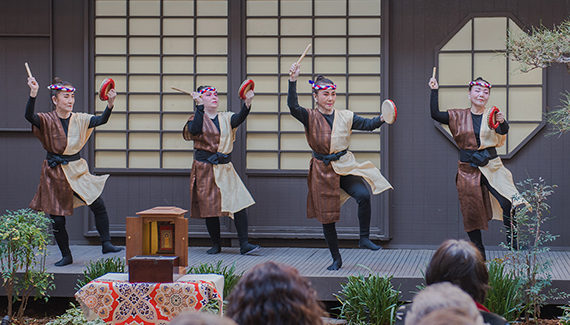
California State University, Dominguez Hills’ (CSUDH) daylong commemoration of the 75th Anniversary of Executive Order 9066 (EO 9066), which led to the mass incarceration of Japanese Americans during WWII, drew hundreds of university friends and partners, and members of the campus community.
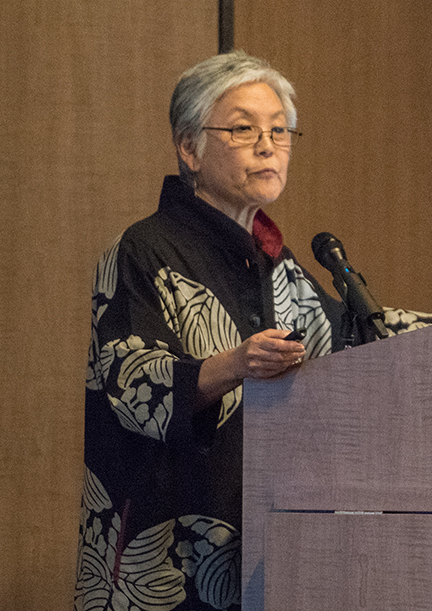
On Feb. 19, 1942, President Franklin Delano Roosevelt signed EO 9066 authorizing the creation of military areas along thewest coast from which “any and all persons may be excluded” at the discretion of the secretary of war. The order paved the way for the government to remove tens of thousands of American citizens of Japanese descent and Japanese immigrants from their homes and place them in military guarded camps for two or more years.
The “And Then They Came for Us” commemoration on Feb. 9 featured several well-attended events throughout the day. The keynote speaker was Satsuki Ina, a celebrated filmmaker who was born in the Tule Lake Segregation Camp in Northern California during the war. Ina’s documentary films about the Japanese American concentration camp experience “Children of the Camps” and “From a Silk Cocoon” have been broadcast nationally on PBS.
Ina shed light on how her family and all the incarcerated Japanese Americans grappled with being deprived of civil rights, and her difficulties of two years in the camp until she and her mother were reunited with her father, who was separated from them and incarcerated in Fort Lincoln, North Dakota. She opened her remarks with a poem by Protestant pastor Martin Niemöller, an outspoken opponent of Adolf Hitler who spent seven years in Nazi concentration camps.
First they came for the Socialists, and I did not speak out–
Because I was not a Socialist.
Then they came for the Trade Unionists, and I did not speak out–
Because I was not a Trade Unionist.
Then they came for the Jews, and I did not speak out–
Because I was not a Jew.
Then they came for me–
and there was no one left to speak for me.
-Martin Niemöller
“It was not a death camp, where millions were murdered, but it was a concentration camp where armed guards trained their rifles on our everyday lives,” said Ina in reference to Niemöller’s poem. “It would be almost 50 years later when a federal commission concluded that the cruel and unjust punishment resulting from the implementation of EO 9066 was in fact the result of racism, war hysteria, and the failure of political leadership.”
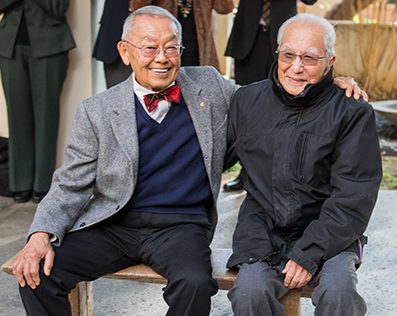
The day’s events began with the re-dedication of the Shinwa-en Japanese Garden, which is located on campus on the first floor of the Social and Behavioral Sciences building. The ceremony included the installation of a bench and plaque that represent CSUDH’s “ongoing friendship” with local Japanese American gardeners, and gratitude for the garden they designed and built in 1979.
The re-dedication also featured dance performances by the Miyagi-ryu Toyomu-kai Okinawan Dancers, a blessing and invocation by Reverend ohn Iwohara, associate minister of the Gardena Buddhist Church, and remarks from historian and novelist Naomi Hirahara, whose parents survived the Hiroshima bombing at the end of WWII.
“The meaning of the name of this Japanese garden in ‘new harmony,’ or ‘new peace,’” said Hirahara. “So for all of the students, staff members, and professors; if you have a hard day, you can come to this garden because the beauty of a garden lives on and on, as will the stories of the lives of the gardeners themselves.”
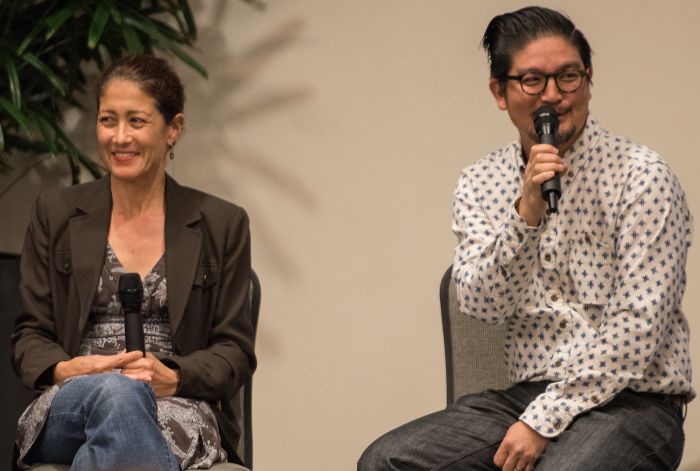
Following the re-dedication of the Japanese garden, the “And Then They Came for Us…Symposium” in the Loker Student Union featured remarks from Tom Ikeda, founding executive director of Densho: The Japanese American Legacy Project, whose parents were also incarcerated during World War II, and Kim Yasuda, an artist and professor of public practice, whose parents were also incarcerated in Tule Lake.
Yasuda spoke about life in the camps and the poor conditions, her public art, and the role of art, artists, and higher education in community development. She also covered the photographers commissioned to document Tule Lake and other camps, which included Ansel Adams.
“Ansel Adams was given the task to document life in the camps, and that’s what was in the official archives,” said Yasuda. “[Adam’s photographs] dignified the individuals, or would capture the landscape as some sort of inspiration for the Japanese Americans outside of the barbed-wire, leaving out everything in between, and the reality of what they experienced.”
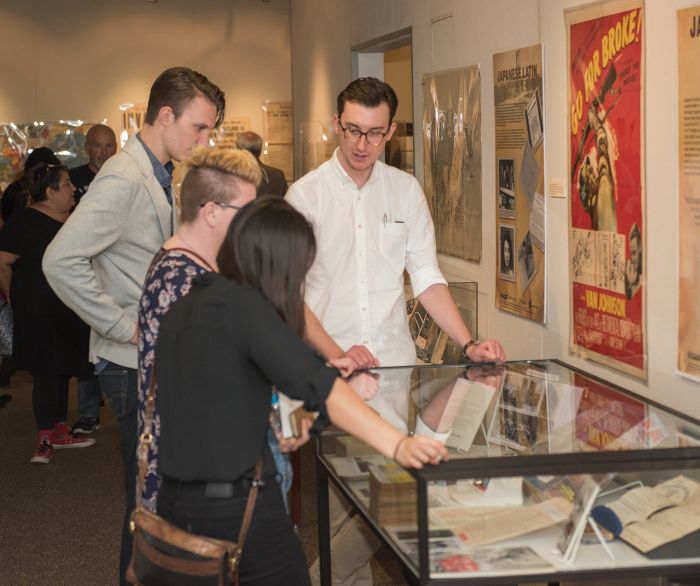
In the late afternoon, CSUDH celebrated the opening of the “And Then They Came For Us… Archival Exhibition marking the 75th anniversary of Executive Order 9066” in the Library Cultural Arts Gallery. The exhibition, which is open until May 19 provides an up-close look at materials from the collections in the archives at CSUDH, as well as materials from the CSU Japanese American Digitization Project (CSUJAD). The multi-campus project is led by CSUDH and funded by the National Endowment for the Humanities and the National Park Service.
CSUDH’s EO 9066 anniversary commemoration will continue through April 2017 with a musical concert, and additional lectures. For a full schedule of events or more information, visit www.csudh.edu/9066.